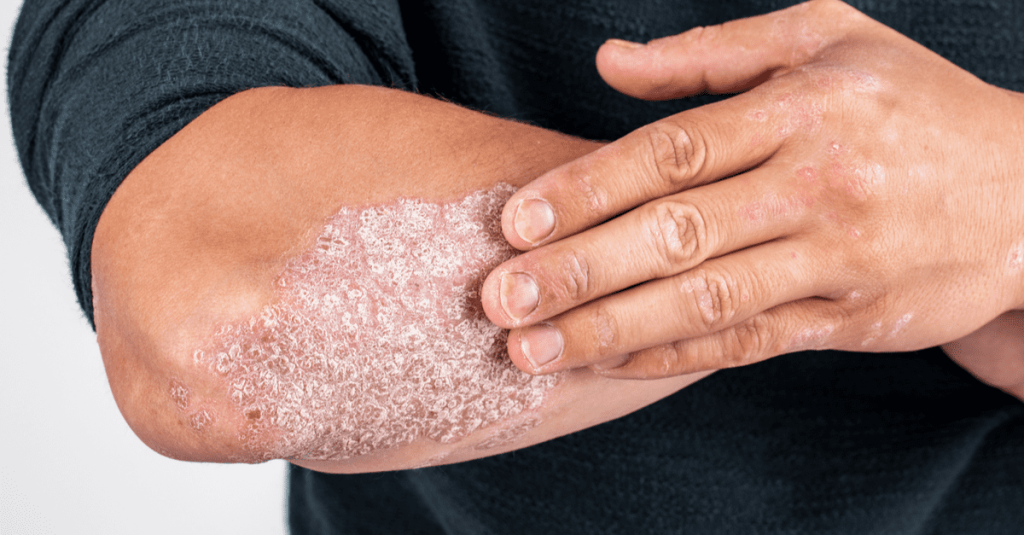Patients with plaque psoriasis develop raised, red, silvery, scaly plaques that deform the skin and affect any part of the body.
The cortical psoriasis It is the most common form in patients with this disease and results in lesions generally covered with silvery scales.
It is usually associated with other comorbidities, the most common of which is psoriatic arthritis.
symptoms
Patients with the condition plaque psoriasis are present:
Disease detection and progression
In an interview with the Journal of Medicine and Public Health (MSP), Dr. Jose Gonzalez Chavez, MD, a dermatologist, explained how the cause of the condition was found with certainty, allowing the patient to get better treatments to improve their quality of life. .
“Before the 1980s and 1990s, the only thing we knew about psoriasis was that it was a disease of rapid cell proliferation, with plaques that took on this shape because the keratinocyte, which is the cell in the skin, is dividing at a rate 14 times faster than a normal keratinocyte would cause. Diffusion in the disintegration of cells and produced that filtered, thick and scaly plaque.‘,” the dermatologist told MSP.
progress
In the 1990s, some scientists at Albert Einstein Hospital in New York began analyzing the condition of some patients who had undergone a heart transplant and were treated with cyclosporineused to prevent a transplanted heart from immune rejection, but people with psoriasis have noticed significant improvement.
They found in the cells lymphocytes responsible for secreting proteins known as cytokines, which are responsible for sending the signal to the cell so that it begins to multiply rapidly.
From there, the panorama changes pathophysiology of the disease, Because it is seen as a condition that transcends the epidermis, and is present in the lymphocytes found in diseases.
By 2004 the first product was marketed, which is responsible for inhibiting one of the cytokines responsible for the production of psoriasis plaques. In this way it changes the focus of medicine and offers better alternatives in terms of patients’ quality of life.
Plaque psoriasis is not only an immune or autoimmune disease, but also a disease genetically determined disease And that there is more than one gene with an average of 20 genes that can cause a clinical picture known as psoriasis, which appears in different manifestations according to the genetic defect of the disease.
Plaque affected areas
Plaques can be itchy or very sensitive, and they may be few or many. It commonly affects areas such as:
Plaque psoriasis affects a significant proportion of patients with psoriasis and there are currently products to treat it that have different mechanisms of action to treat the autoimmunity associated with psoriasis.
So plaque is the most common manifestation and is associated with the slow cell proliferation that these patients experience as a result of Speed up the immune system Or the defect surrounding T17 lymphocytes.

“Social media evangelist. Student. Reader. Troublemaker. Typical introvert.”

:quality(85)/cloudfront-us-east-1.images.arcpublishing.com/infobae/TEQF6EONZRFGLLLDIDD4L2O4EE.jpg)

:quality(75)/cloudfront-us-east-1.images.arcpublishing.com/elcomercio/XU32LRAEZFDDPNVHLFU3CKVBYY.jpg)



More Stories
Venezuela ranks fourth in female leadership in science and technology in Latin America
In Portuguesa and Sucre they explore the wonderful world of science
The university court overturns the expulsion of two teachers and a chemical sciences student